Tensions between the U.S. and North Korea have sharply escalated recently, but aggressively hostile relations between the two countries are nothing new.
There’s decades of history to the bad blood, dating back to the Korean War, which broke out on June 25, 1950, and lasted for three years.
"[The North Koreans] are in a never ending state of war with the United States," Steven Weber, a former consultant to the U.S. Commission on National Security, told NBC News.
But now there's something new added to the volatile mix and making confrontation all the more dangerous — threats to use nuclear weapons.
"They’ve seen how weapons of mass destruction are the ultimate bargaining tool, the ultimate self-preservation tool," said Ankit Panda, senior editor at The Diplomat.
"We’re really stuck between a rock and hard place on North Korea," he added. "Anti-Americanism runs deep, and they see the United States as their ultimate enemy and the South Korean government as a puppet regime."
Here are 10 key incidents between America and North Korea over the last nearly 70 years:
1. June 25, 1950: Invasion of South Korea
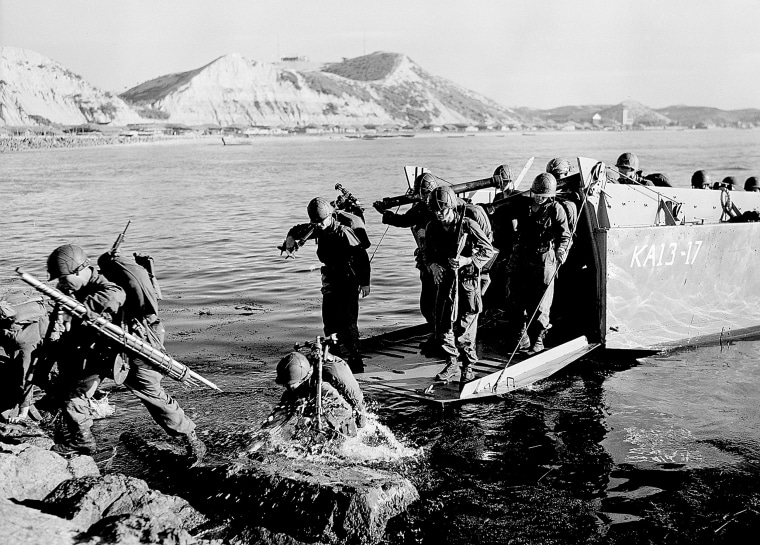
At the end of World War II, the Soviet Union and the United States decided the fate of the Korean Peninsula by dividing it along the 38th parallel into a Soviet-occupied northern part and a U.S.-occupied southern region. The Soviets supported an invasion of the south by the North Korean army on June 25, 1950, beginning the Korean War and quickly leading to U.S. involvement.
2. July 27, 1953: Korean Armistice Agreement
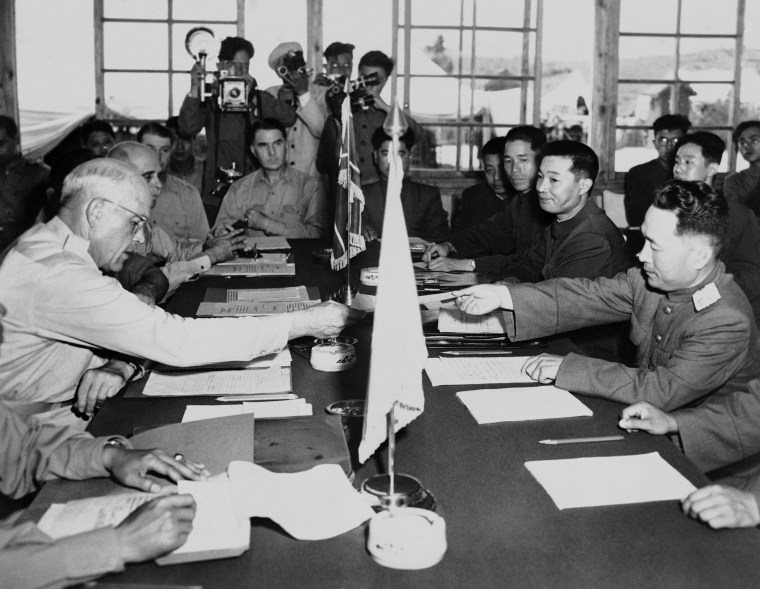
After Communist China entered the war, the country's deadly Spring Offensive of 1951 left the United Nations' forces with 7,000 casualties, while the Communists suffered over 70,000. Despite the harshness of the stalemate, peace talks were held even through the conflict, ending with the signing of an armistice. The agreement was to suspend open hostilities and repatriate prisoners of war, but it was not a permanent peace treaty.
3. February 16, 1958: South Korean Airliner Hijacked
After the armistice, many border disputes heightened tensions on the Korean Peninsula. The first major incident occurred when North Korean agents hijacked a South Korean DC-3 airliner approaching Seoul. The passengers, including American pilots, were later released in March 1958.
4. January 23, 1968: The Pueblo Captured
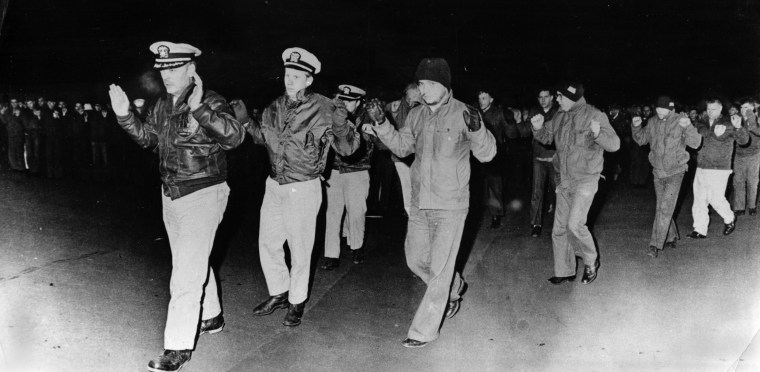
The crew of the USS Pueblo was captured while sailing near hostile waters on January 23, 1968. The commander and crew of the Navy intelligence vessel admitted to spying under threat of torture and execution. During staged photography and film sessions, the captive American servicemen used sarcastic language and discrete middle fingers to express their feelings about how they were being treated. After 11 months, the Americans were released, while the USS Pueblo remains in Pyongyang harbor as a museum.
5. August 18, 1976: The Axe Murders
A small group of South Korean and American soldiers were trimming trees in the demilitarized zone when an order by North Korean soldiers to cease the project turned into a bloody conflict in which the troops killed two Americans with axes. The incident was so outrageous, it almost brought the United States and North Korea to war — again. Then-President Gerald Ford forced the North Koreans stand down, and their leader, Kim Il-sung, later issued a rare official apology.
6. December 12, 1985: Treaty on Non-Proliferation
North Korea signed the Treaty on the Non-Proliferation of Nuclear Weapons, which gave the International Atomic Energy Agency (IAEA) the right to inspect their nuclear production, in 1985, though it had been an IAEA member state since 1974. In 1993, the IAEA intended to inspect North Korean nuclear facilities but after the North Koreans were uncooperative, it was determined that North Korea "is continuing to widen its non-compliance with its safeguards agreement." On June 13, 1994, North Korea officially withdrew from the Agency, ending its 20-year membership.
7. March 17, 2009: Abducted U.S. Journalists
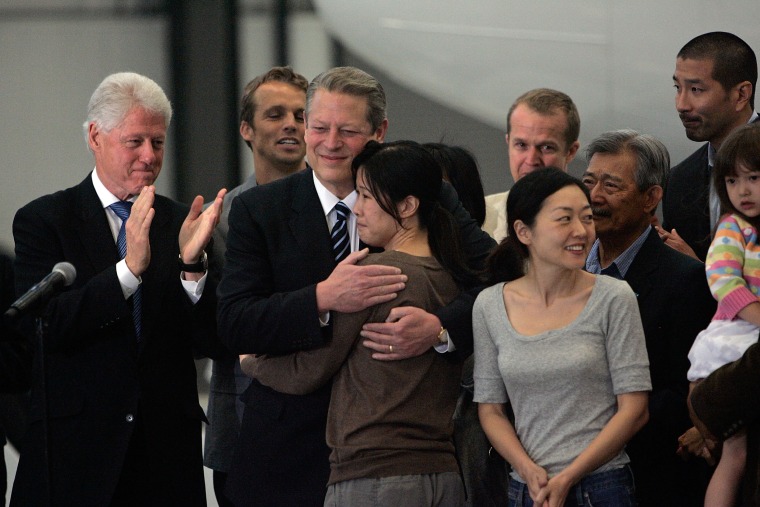
American journalists Euna Lee and Laura Ling were arrested after briefly crossing into North Korea. Ling later wrote about the “psychological wounds” of being imprisoned for five month. After former U.S. President Bill Clinton arrived in the country that summer, the two were pardoned and released.
8. June 17, 2017: Sanctions
Since the end of the Korean War, the United States has kept up consistent, but evolving, economic sanctions against North Korea. In June, the UN Security Council expanded the sanctions, including a global travel ban and an asset freeze, to which even China consented.
9. June 19, 2017: Death of Otto Warmbier
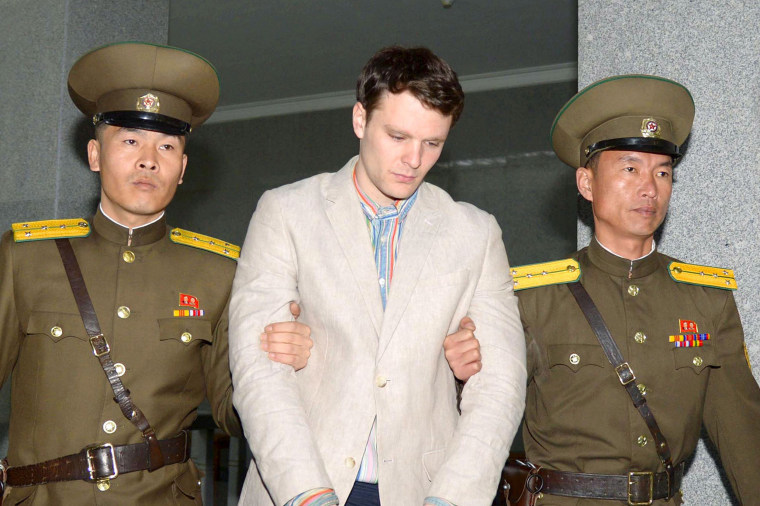
Otto Warmbier, a 22-year-old American student, was released from North Korean custody after serving 17 months of his 15-year sentence for allegedly trying to steal a propaganda poster. His departure left three American citizens detained in North Korea. Relations between Kim Jong-un and President Donald Trump were further strained when Warmbier died shortly after returning to the United States in a coma. The Warmbier family did not say how Otto died.
10. July 4, 2017: Testing ICBMs
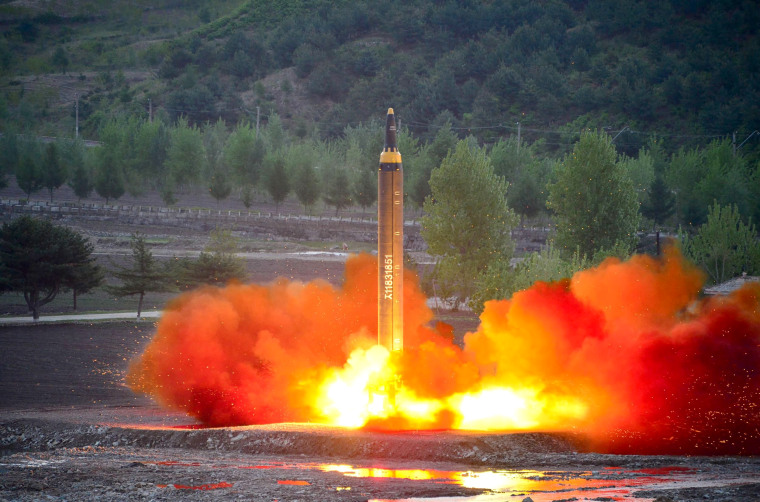
North Korea has been steadily working toward advancing its nuclear arsenal for many years, and it recently conducted a successful test of an international ballistic missile, possibly capable of reaching Alaska. The test further fanned nuclear tensions between the U.S. and North Korea, as did reports in August that North Korea may have constructed a nuclear weapon small enough to fit on one of its missiles.